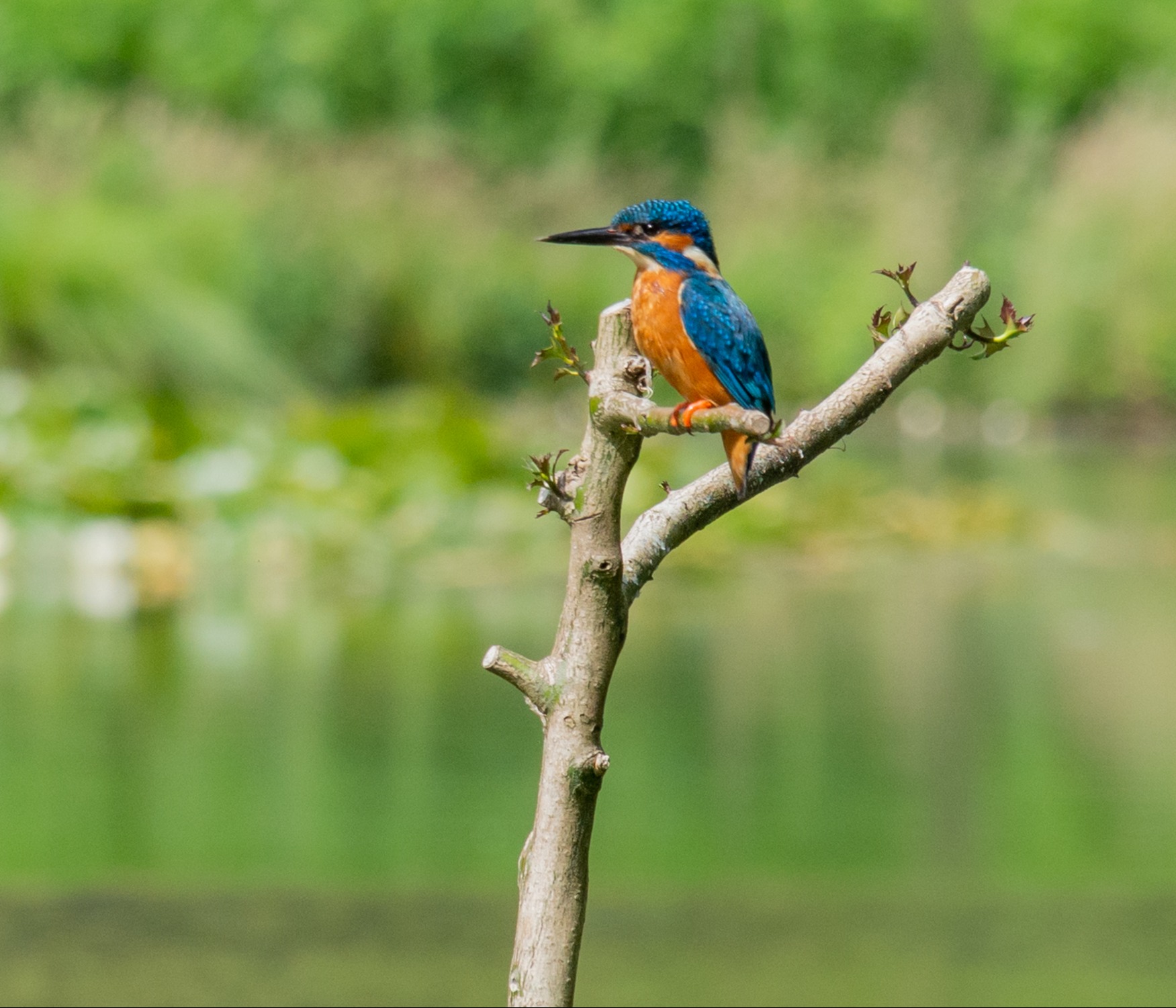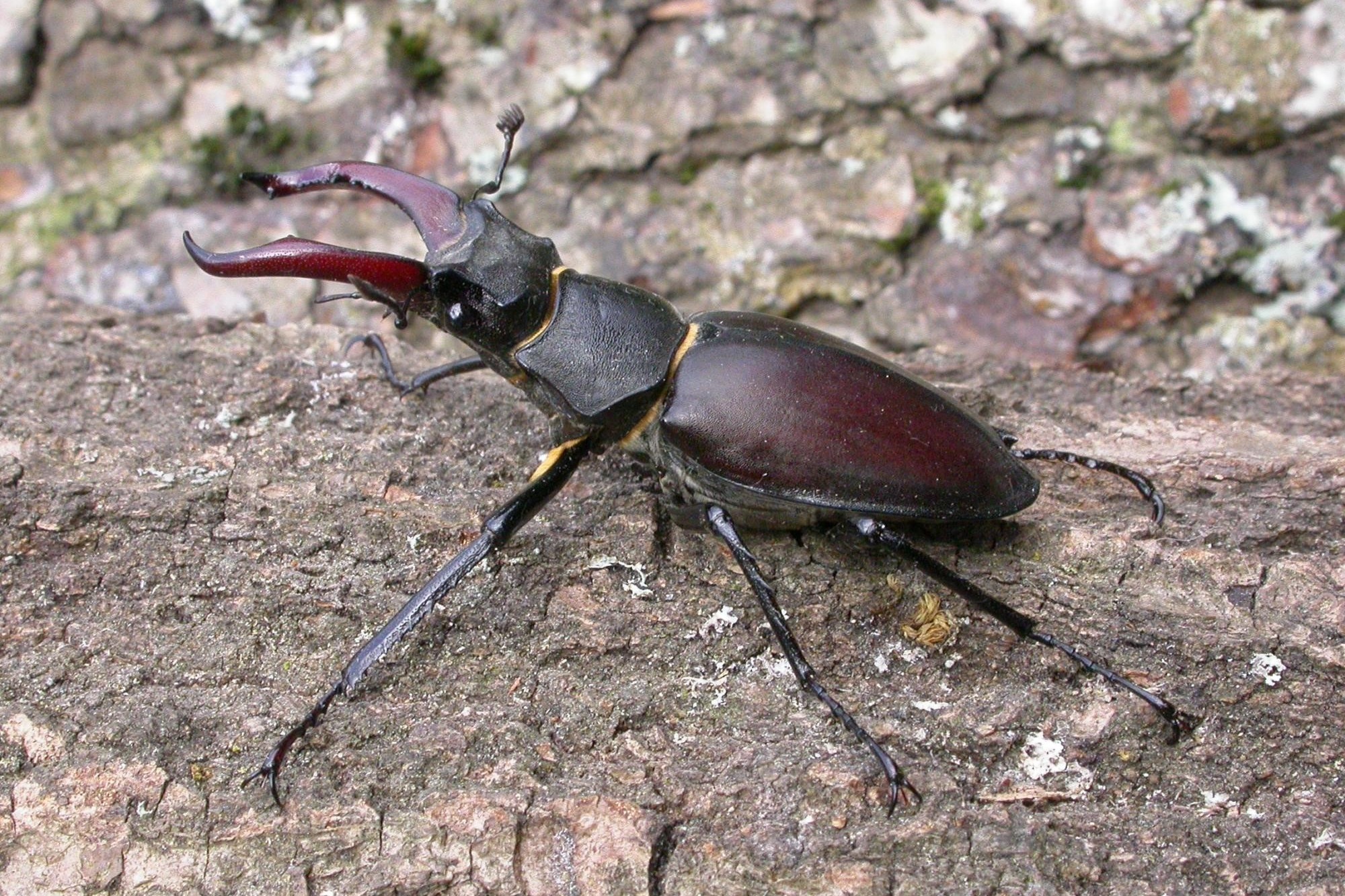
It has long been recognised that the two courses at Ipswich Golf Club are not just a beautiful setting in which to play golf but they are also superb sites for wildlife. Many different habitat types can be found on the estate, including heathland, acid grassland, wetlands, lakes and woodland. This variety supports a wealth of different species of flora and fauna within a relatively small area. For many years, these habitats have been managed to improve and maintain their wildlife interest by the sites' own staff with some guidance from Natural England under their Higher Level Stewardship scheme. Recognition of this good work within the golf industry has resulted in the club winning the national Golf Environment Awards (GEAs) top prize for best environmental golf course twice and their conservation greenkeeper award once.
Heathland - In the process of being expanded and restored. There are extensive areas of Heather along with patches of native acid grassland and gorse. All are managed by cutting sections on rotation to provide a range of age structures for different species to live in.
Species found in these areas include green woodpecker and kestrel around the grassland. Hobby (occasionally seen), Common lizards (resident on site) and a number of different species of solitary bees and wasps can be seen around the Heather areas. Linnets and green hairstreak butterflies live around the gorse.

Wetlands - A range of habitat types are present, including lakes, reed-bed areas, wet grassland and fen meadows. The reed-bed, fen and grassland areas are managed by cutting sections on rotation and clearing material to maintain low nutrient levels.
Species noted in these habitats include otter, little egret, kingfisher and numerous dragonflies around the lakes. Harvest mouse, water vole, reed warbler and the rare white-mantled wainscot moth are found in the reed-beds (a moth only occurring in Suffolk and Norfolk nationally). The wet grassland and fen meadows are very good for a range of wildflowers including ragged robin, cuckoo flower and southern marsh orchids.




Woodlands - These range from wet alder carr woodland in the Mill river valley to mixed native woodland in the centre of the site containing numerous open glades. The glades are mown annually to stop tree encroachment and dead log piles have been created within the woods for invertebrates and fungi to use.
Species noted include nightingales (in the more scrub edges of the woods), numerous bats, purple hairstreak butterflies, a great variety of moths and Britain's largest beetle the stag beetle. A nature trail runs through part of the central woodland and around the lakes that is available for members and invited guests to use.